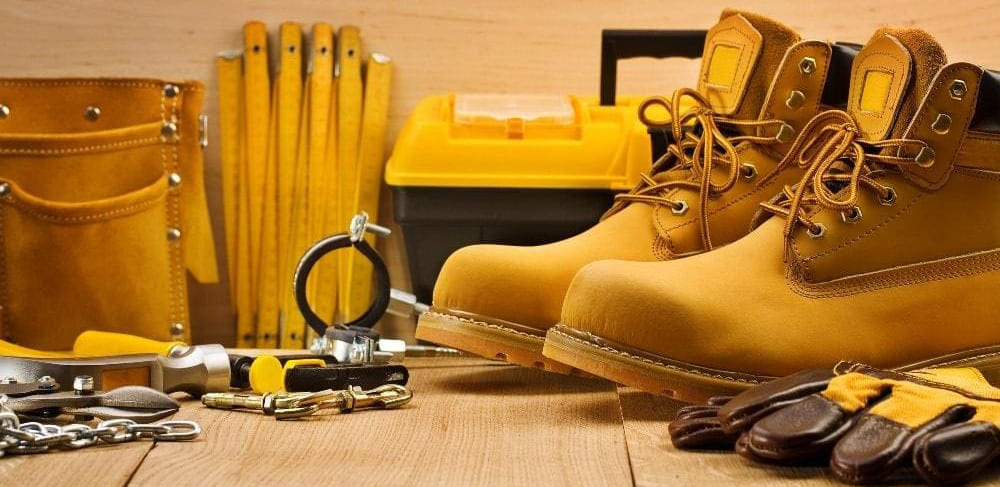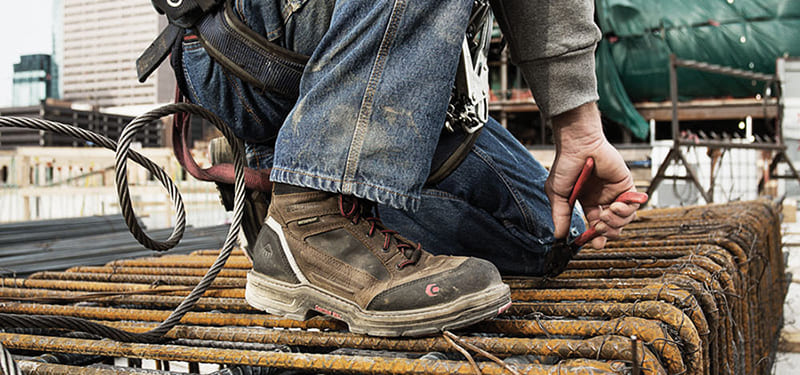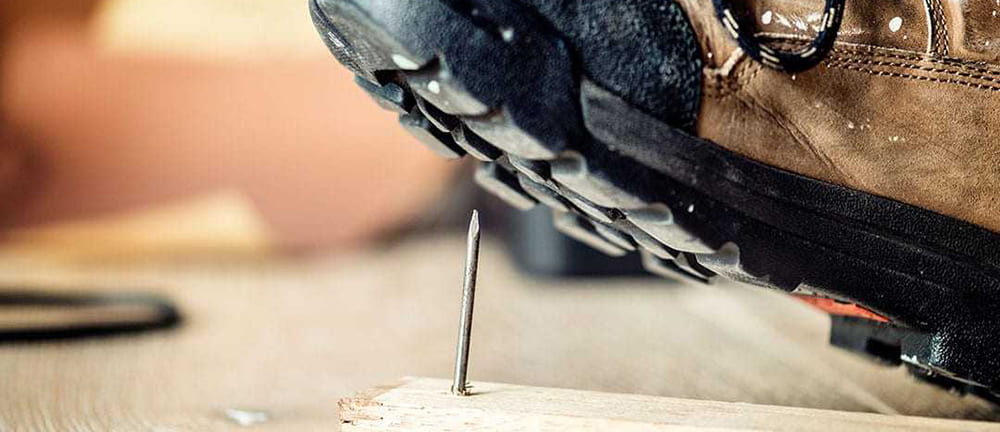When Choosing PPE, Don't Forget About Foot Protection

When it comes to personal protective equipment (PPE), ensuring comprehensive safety measures is crucial in the workplace. While attention is often given to hand and eye protection, foot protection is equally important. Neglecting foot safety can lead to a variety of injuries that can impact an individual's ability to work and cause long-term damage. This article highlights the significance of foot protection and provides essential considerations for selecting appropriate PPE for the feet.
The Importance of Foot Protection:
Feet are vulnerable to numerous workplace hazards, including falling objects, sharp edges, slippery surfaces, electrical hazards, and heavy machinery. Wearing proper foot protection can prevent injuries such as fractures, lacerations, punctures, crush injuries, burns, and electrical shocks. By prioritizing foot safety, workers can avoid painful accidents and maintain their overall well-being.
Assessing the Risks:
Before choosing foot protection, it is crucial to conduct a thorough risk assessment in the workplace. Identify potential hazards, such as heavy objects, corrosive substances, hot surfaces, or uneven terrain. Understanding these risks will help determine the appropriate type of foot protection required for specific job tasks and environments.

Selecting the Right Foot Protection:
1、Safety Shoes: Safety shoes are designed to protect the feet from impact, compression, and puncture hazards. They often feature reinforced toes, slip-resistant soles, and sturdy construction. Depending on the workplace hazards, different safety shoe types, such as steel-toe shoes, composite-toe shoes, or metatarsal guard shoes, may be required.
2、Boots: In certain industries or environments, such as construction sites or chemical plants, boots provide superior protection. They offer additional coverage for the ankle and calf, shielding against various hazards, including chemicals, extreme temperatures, and heavy objects. Insulated boots are suitable for cold environments, while chemical-resistant boots are essential when working with hazardous substances.
3、Slip-resistant Footwear: Slip and fall accidents are a common cause of workplace injuries. Slip-resistant footwear with specialized outsoles can significantly reduce the risk of such accidents. Look for footwear with slip-resistant patterns, high traction, and oil-resistant properties, especially in areas prone to spills or wet surfaces.

Proper Fit and Comfort:
Footwear that fits well is crucial for both safety and comfort. Ill-fitting shoes can cause discomfort, blisters, and foot fatigue, compromising overall performance and increasing the risk of accidents. Ensure that PPE for the feet is available in various sizes and offers a secure and comfortable fit. Consider features such as cushioning, arch support, and adjustable closures for personalized comfort.
Regular Inspection and Maintenance:
To maintain the effectiveness of foot protection, regular inspection and maintenance are essential. Encourage workers to inspect their footwear for signs of wear, damage, or deterioration. Replace worn-out or damaged footwear promptly to ensure ongoing protection. Additionally, provide guidelines for cleaning and proper storage to prolong the lifespan of the PPE.
When it comes to workplace safety, foot protection should never be overlooked. By selecting appropriate PPE for the feet, workers can mitigate the risk of foot injuries and maintain a safe working environment. Conducting a risk assessment, choosing the right foot protection, ensuring proper fit and comfort, and implementing regular maintenance practices are crucial steps in safeguarding workers' feet. Remember, a small investment in foot protection today can prevent significant injuries and promote a productive and safe work environment.










